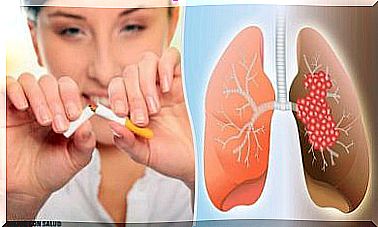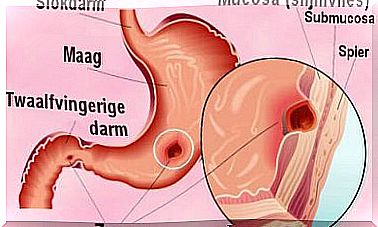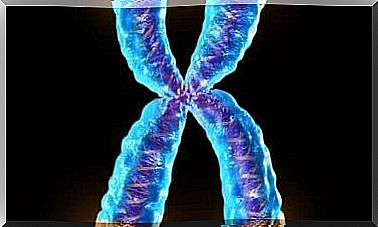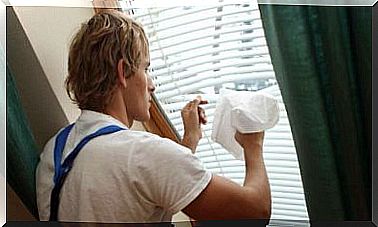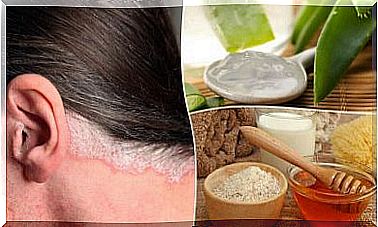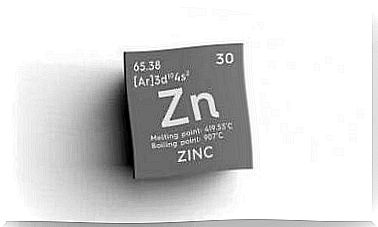Is It Possible To Stop Hair Loss?
One day you suddenly find a large amount of hair on your pillow or on your brush and you panic. After all, you are not only concerned for aesthetic reasons, but also think that something worse could be going on. Is it possible to stop hair loss?
Most of us flaunt shiny and strong hair. We all want the latest haircut or trendiest hairstyle to accentuate our beauty and affirm our health. But our hair is also very sensitive to the smallest change in our body.
The most important thing is to stay calm! While this article will provide some solutions to this problem, you should first see if there really is a problem.
Daily hair loss is completely normal
An adult has between 100,000 and 150,000 hair follicles. These grow and so you lose them continuously during the so-called hair growth life cycle. Since each hair follicle grows at an individual rate, you will find hair follicles at different stages of growth all over your scalp.
People lose between 60 and 100 hair follicles per day. These are hair follicles that are in the third phase of the hair growth cycle, the resting phase or the telogen phase. This is completely normal.
If the hair loss is increasing or only occurs in certain areas, you may have a condition called alopecia. The causes of this condition are very diverse: skin diseases, hereditary factors, medicines, stress, poor nutrition and even certain hair styles can contribute to this condition.
If not treated in time, this condition can lead to complete hair loss.
Fortunately, this is reversible. In this article, we’ll show you seven ways to stop hair loss and stimulate hair growth so you can enjoy your shiny locks again.
But first, we’re going to investigate which type of alopecia applies to you.
Types of alopecia
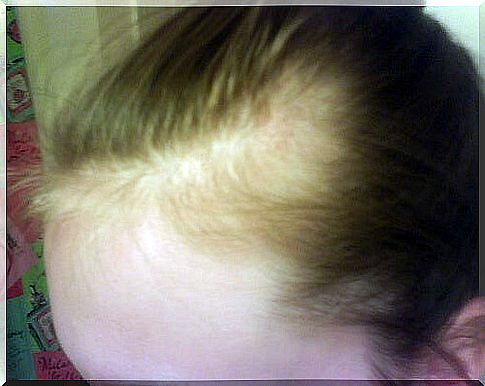
Alopecia can be divided into two groups depending on how they cause hair loss: one that leaves scars and one that doesn’t. It is worth mentioning that each hair consists of the hair shaft and a root that grows from the hair follicle.
During the telogen phase, the hair falls out, but a new hair is immediately ready in the hair follicle. As long as the hair follicle is not destroyed, your hair growth will maintain itself.
Alopecia that leaves scars is rare. In this case, the hair follicle is destroyed due to inflammation, infection or trauma. If this is the case, the hair loss is irreversible. Some major causes of this condition include:
- Hereditary diseases, such as ichthyosis and moles.
- Chemical agents, such as corrosive substances.
- Infections caused by fungi, bacteria and viruses.
- Neoplastic diseases, such as lymphomas.
- Dermatosis, such as sarcoidosis and follicular mucinosis.
Nevertheless, 80% of alopecia is categorized as non-scarring alopecia. These forms are then called disorders and are not harmful to the hair follicle, so that you are also able to stop hair loss through adequate treatment.
Later, we’ll show you seven of the most common treatments to stop hair loss. However, it is recommended that you also see a dermatologist to get the correct diagnosis if you think you may have any of the following types of alopecia:
Types of alopecia
1. Androgenetic Alopecia : This is the most common form of alopecia (95% of cases) and can be caused by genetic or hormonal factors. There are two reasons for this:
- Men: Hair loss is mainly observed in the front and central areas of the head. It starts out small, but the bald spots can increase in number.
- Women: Widespread hair loss. Areas all over the scalp become bald.
2. Traumatic Alopecia: This condition is caused by physical trauma. Different symptoms can be identified depending on what is causing the hair loss:
- Tension- induced : The hair is subjected to constant tension by certain hairstyles, such as buns or braids.
- Caused by pressure : This is caused by the constant friction of the scalp against another surface, such as a pillow.
- Trichotillomania: This is a nervous habit of pulling out your hair.
3. Alopecia areata : This form is caused by stressful situations. The hair loss is characterized by the appearance of round patches, but sometimes it can affect the entire scalp. This often heals spontaneously, but you can also have relapses.
4. Alopecia diffusa : This is a fairly severe form of hair loss on various areas of the scalp. This is caused by various factors such as malnutrition, rapid weight loss, severe illness, fever, hormonal cycles or post-pregnancy.
5. Alopecia Caused by Drugs or Drugs : Large amounts of certain drugs, such as thyroid, blood or cytotoxic drugs, iodine, and vitamin A can all lead to some form of alopecia. When you stop taking the drug or medication, the hair starts to grow back.
You now know what kind of alopecia you have. If your hair follicles remain intact, there is good news! The solution is just around the corner.
Seven treatments to stop hair loss

1. Aloe Vera

Aloe vera contains chemicals that stimulate the scalp. Cut the inside of the leaves into cubes. You then place these blocks on the scalp, with which you massage the entire affected area.
Then cover the scalp with a cloth, so that the treatment can take effect throughout the night. The next day, rinse your head with lukewarm water and the juice of half a lemon. Do this for three to four weeks for optimal results.
2. Coconut milk
Coconut is rich in water, nutrients and saturated fatty acids. The milk from the coconut is a good remedy to stop hair loss. To get the milk out of the coconut, the pulp is grated and filtered with a cloth.
Massage the obtained liquid into the scalp to promote its absorption. You can repeat this once a week.
3. Onion
Onions are rich in vitamins A, B and C, and you can also use them to stop hair loss. To do this, take a white onion and grind it in a blender along with three teaspoons of honey. Rub this mixture on the entire affected area with a small brush and then cover this area for 30 minutes.
Then rinse your scalp with a significant amount of water. In less than three weeks, you will be surprised by the results.
4. Garlic and Olive Oil
Garlic has the most incredible properties. You will notice this yourself when you want to treat alopecia. Before going to bed, rub two halves of a garlic clove on your scalp and then massage it with olive oil.
Cover your head at night and wash your hair with an aromatic shampoo the next day. Do this twice a week for a full month so you will notice the results.
5. The ‘Repairer’
Mix a teaspoon of honey, the yolks of two eggs, a teaspoon of yogurt and a teaspoon of warm water. Rub this paste over the affected area and lightly massage the scalp. Then cover your head with aluminum foil.
Wait 20 minutes and rinse your hair well with lukewarm water. This treatment is very effective. The hair grows and shines again and appears much healthier.
6. Rosemary and rue
This treatment activates blood circulation in the scalp. Boil a sprig of rosemary and a sprig of rue in 750 ml of water for 5 minutes. The infusion is used to rinse the hair. After washing, massage your scalp for some time.
7. Carrot, Honey and Oil
Mix two teaspoons of pure honey, one teaspoon of olive oil and a carrot in the blender to a smooth paste. Apply to the scalp by rubbing in a circular manner. Then cover your head with a towel.
After the paste has been allowed to act for 20 minutes, you can rinse your hair with warm water. Carrots are an excellent source of vitamins. If you do this treatment twice every week, your alopecia will disappear completely.
Any advice as a conclusion
All you have to do now is choose between the many treatments to stop hair loss and start doing it. Remember that you need to have some determination and above all to solve the root of the problem.
A nutritious diet, no longer using a hair dryer, avoiding too tight hairstyles and above all a healthy lifestyle are excellent ways to take care of your hair and prevent irreparable damage.
Bibliography
- www.henkel.es
- innate. Salud, bienestar y Tradiciones.
- Virendra N. Sehgal, Govind Srivastva, Promila Bajaj: Alopecia cicatricial. International Journal of Dermatology 2001; 40: 241-248.

